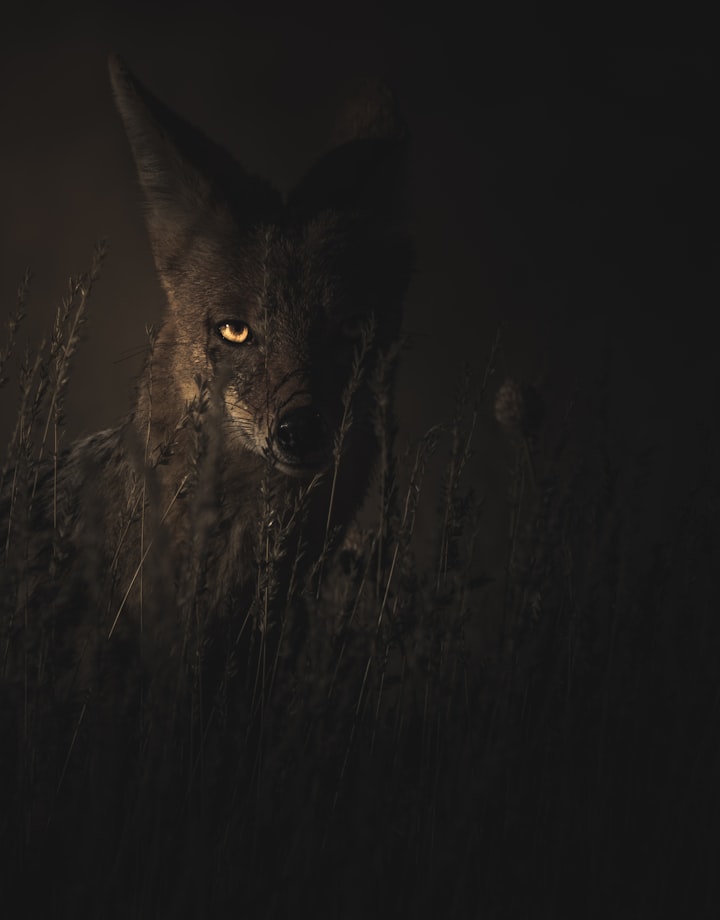
The common pigeon, also known as the rock dove, is a widely recognizable bird found in many urban areas around the world. With their gray and white feathers and quick, fluttering flight, pigeons are a familiar sight for most people. However, there is more to know about these birds than may initially meet the eye. Here is a brief overview of pigeons, including their kind, food, habits, and history.
The wild rock dove is believed to be the ancestor of the domestic pigeon. For thousands of years, humans have selectively bred pigeons for meat, eggs, feathers, and messenger/racing purposes. Ancient Egyptians, Greeks, and Romans all kept domestic pigeons. Carrier pigeons were even used to carry military messages during World Wars I and II because of their excellent homing abilities. Today, the common pigeon found in cities around the world is largely descended from domesticated breeds that either escaped or were released after their working lives. Their adaptability to urban environments has allowed urban pigeon populations to thrive alongside humans.
Love with Humans
Pigeons are highly social birds that have thrived in the company of people. Ancient Egyptians, Greeks, Romans, and others kept domesticated pigeons for their eggs, meat, and feathers. Carrier pigeons delivered military messages during world wars thanks to their homing instincts. Racing pigeons are still competitive avian athletes today. Pigeons form strong pair bonds and exhibit devoted parenting behaviors that surely endeared them to early human observers.
Kind
Scientifically known as Columba livia, pigeons belong to the bird order Columbiformes. Within this order, they are most closely related to doves. Pigeons can be found in two basic colors - blue bar and brown bar. However, selective breeding by humans has led to domesticated pigeon breeds displaying a wide variety of plumage colors and patterns. The average size of a pigeon is between 9-11 inches long with a wingspan of 16-20 inches. Males and females look identical, though males tend to be slightly larger.
Food
Pigeons are omnivorous birds that will eat a variety of foods. In the wild, their diet consists mainly of seeds, grains, fruits, and vegetables. They forage on the ground, picking up foods like wheat, oats, millet, and cracked corn. Pigeons have been known to eat small invertebrates, eggs, and nestlings of other birds as well. In urban environments, they have adapted to scavenging for human food scraps and garbage.
Filing
Pigeons are very social birds that roost and nest in flocks. They are highly colonial nesters, often building nests side by side on ledges of buildings or in cavities. Pigeon nests, or "filings," are constructed from twigs and consist of a flimsy platform of vegetation. Two or three white eggs are typically laid. Both parents take turns incubating the eggs for around 18 days before the chicks hatch. The young remain in the nest for 3-4 weeks as they are fed crop milk by their parents.
Habits
Outside of the breeding season, pigeons roost communally in large flocks, often on buildings or in trees. They are highly gregarious birds that spend much of their day foraging on the ground in groups. Pigeons have a fast, direct flight with rapid wing beats. They are capable of short bursts of speed reaching up to 60 mph. These birds primarily communicate through cooing and other soft vocalizations. Their home range can extend for several city blocks as they search for food.
Pigeons have a long history of human domestication and use. As colonial nesters that form large flocks, they exhibit interesting social behaviors. Their omnivorous diet and ability to find food in human settlements have enabled pigeon populations to flourish alongside expanding urban development. With a better understanding of their life habits and history with humans, many people have developed an appreciation for these fascinating birds living in cities worldwide.






Comments
There are no comments for this story
Be the first to respond and start the conversation.